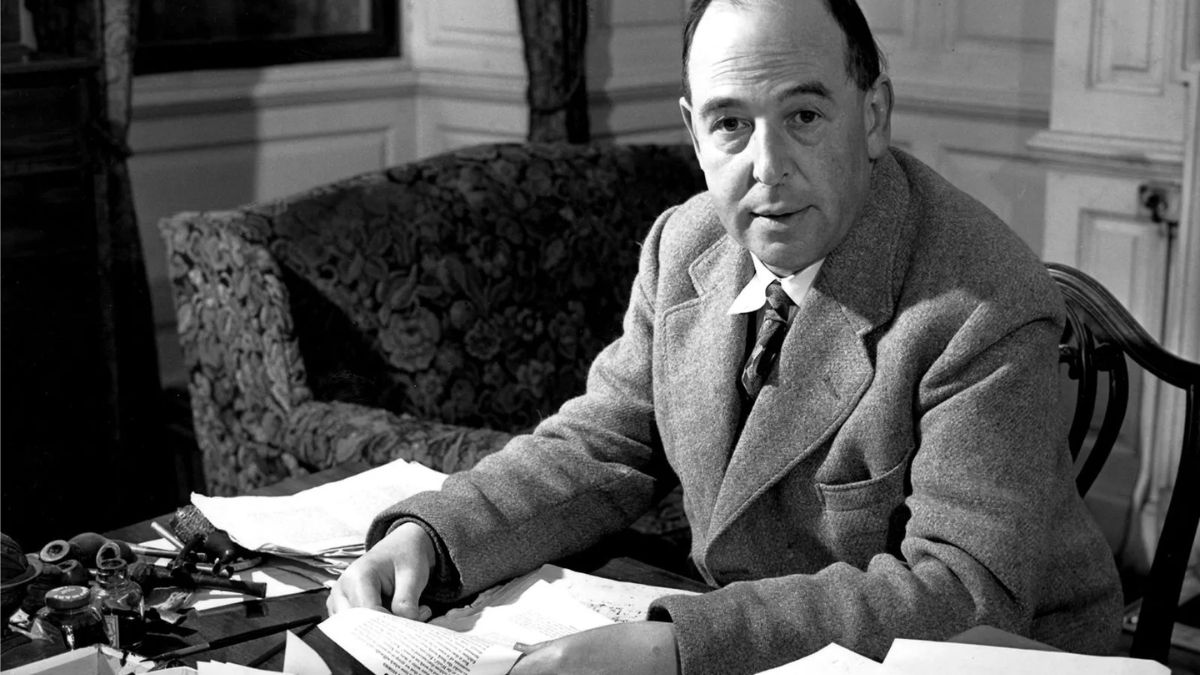

BreakPoint
What a Doll
If a new toy company has its way, Barbie may never get Ken to the altar. Totem International has offered a rival for Ken’s affections. But it isn’t another woman: It’s another man. Meet Billy, America’s first gay doll. He stands thirteen inches high with blond hair, broad shoulders, and bulging biceps. He’s glowing with good health—and he’s anatomically correct. As one gay businessman put it, Billy is every homosexual’s "little dream guy." Billy is something else as well: He’s a symbol of the gay lobby’s dishonest public face. Billy is the brainchild of John McKitterick, an English fashion designer who created Billy for a London AIDS benefit. The dolls proved so popular that McKitterick decided to mass produce several versions of Billy. There’s San Francisco Billy, who wears a freedom ring to express his gay pride. Sailor Billy is decked out in a striped shirt and white bell bottoms. Master Billy comes complete with black leather pants and a harness across his chest. McKitterick says that by selling the doll, he hopes to promote a positive image of homosexuality. Billy, he says, represents "the image of a well-contented, adjusted gay man of the Nineties." He confesses that the doll makes a political statement. But if McKitterick really wants to educate people about the realities of gay life, he’s going to have to come up with more macabre versions of Billy. For example, all versions of Billy ought to come with a little plastic coffin. Researcher Paul Cameron found that even apart from AIDS, male homosexuals have a life expectancy of only 42 years because of venereal disease, alcoholism, substance abuse, and suicide. Then, of course, a realistic toymaker would produce an AIDS Billy. Homosexuals make up only one to two percent of the population, yet they account for 80 percent of all AIDS cases. Instead of bulging biceps, AIDS Billy would have a body wasted by pneumonia and chronic diarrhea. And what about STD Billy. Fifty percent of all gay men contract gonorrhea. Gays also abuse alcohol and drugs at far higher rates than heterosexuals. Alcoholic Billy might come with a tiny bottle of booze, while Substance Abuse Billy would have realistic needle marks on his arms. Of course, if a toymaker were to design dolls like these, he would expose the tragic reality of gay life: that most homosexuals are NOT "well-contented, adjusted gay men," as McKitterick puts it, but men whose lives are tragically marked by disease, addiction, misery, and early death. McKitterick says he’s planning to design a gay partner for Billy. But if Billy is lucky, he’ll never meet him. Instead, he’ll meet a doll named Exodus Bob, who will bring him to Exodus International, a Christian ministry that helps lead gays out of the homosexual lifestyle. That’s the kind of friend real homosexuals need. What they don’t need is the false image conveyed by a healthy, smiling doll that denies their real plight, and makes deviancy look attractive. The only way to give real help to gays—or to anyone, for that matter—is to be brutally honest about their condition. This isn’t harsh—it’s real love. As Luther said, we will never accept the Gospel unless we first hear the condemnation of the Law.
07/14/97















